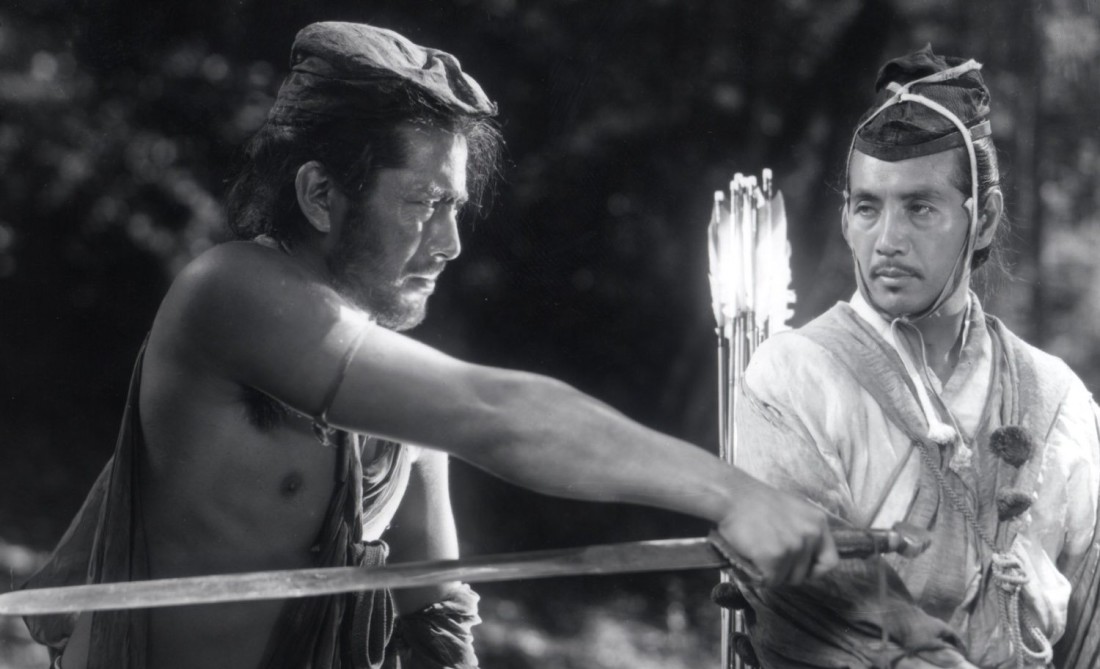Classic World Cinema by Courtyard Gallery will present Rashomon Friday, Nov. 27 at 8 p.m. at Phil Mechanic Studios, 109 Roberts St., River Arts District (upstairs in the Railroad Library). Info: 273-3332, www.ashevillecourtyard.com

Rashomon
Movie Information
In Brief: Though he’d made better movies before this one — and would make better ones after it — Rashomon (1950) is the film that put Akira Kurosawa on the map as a major force in international film. The secret probably lies in the picture’s unusual structure, which not only functions as a hook, but is, in fact, the whole reason for the film. The story by itself is simple — a man and his wife are waylaid by a bandit in an encounter that leaves the husband dead. But the trick is that we never see the story objectively. Instead, we see if from differing perspectives — and different agendas — so that we never know what really happened, only those differing tellings of the same events. What is true? There’s no way of telling and that’s what caught people’s imaginations. It becomes a mystery without a solution. Looked at without this aspect in mind, Rashomon actually feels cruder than some of Kurosawa’s earlier work, and maybe even a little padded. Does it deserve its massive reputation? Probably, but it’s best looked at as of its time.
| Score: | |
| Genre: | Drama |
| Director: | Akira Kurosawa |
| Starring: | Toshiro Mifune, Machiko Kyo, Masayuki Mori, Takashi Shimura, Minoru Chiaki |
| Rated: | NR |



This was a play that was produced in 1959 and was a smashing success winning 3 Tony Awards. I wonder how much the script for the stage version was impacted by the film. I love the play. It works well with today’s audiences and retains the emotional impact even with the passage of time.
And apparently it was part of a short story even before that.
Well, the stage version comes after the film.
You’re right chronologically – short story – movie – play.
um..”.I wonder how much the script for the stage version was impacted by the film. I love the play.”
implying the stage version came after the film
Yes, I got that — plus the fact that the date of 1959 is considerably later than the film.